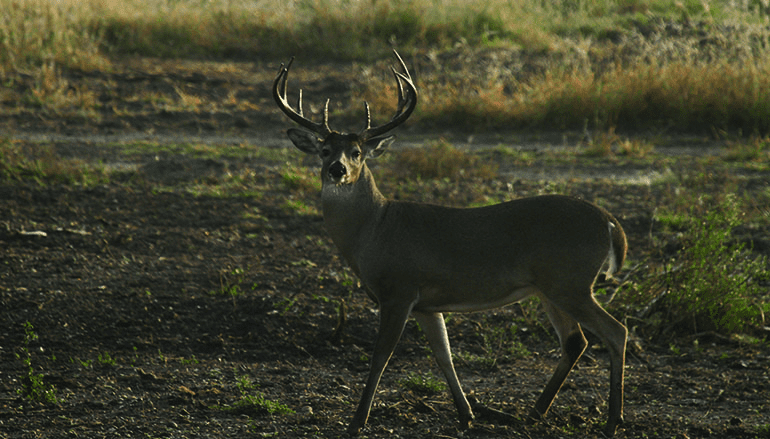
Expanded Hunting, Fishing on Refuges Coast to Coast
National Wildlife Refuge Week Has Gift to Sportsmen
Sportsmen who depend on public access to hunting and fishing have reason to celebrate National Wildlife Refuge Week, Oct. 9-15. U.S. Fish and Wildlife Service announced increased hunting and angling opportunities on refuges across the country, according to Backcountry Hunters & Anglers. The expansion, proposed in July, will include 13 national wildlife refuges in nine states.
“For more than a century, hunters and anglers have served as the backbone of the National Wildlife Refuge System and wildlife conservation across America,” said U.S. Fish and Wildlife Service Director Dan Ashe. “We’re proud to support and sustain these traditions by expanding opportunities for hunters and anglers on public lands across the Refuge System.” Sportsmen applaud new opportunities to pursue migratory birds, upland game and big game, as well as a range of fish species under the new regulations, which also modify existing protocol on more than 70 other national wildlife refuges and wetland management districts.
“As sportsmen across the country head afield, Director Ashe’s announcement couldn’t be more timely – or important,” said BHA President and CEO Land Tawney. “More than two thirds of Western hunters rely on public lands for our time afield, and from coast to coast these new opportunities on the National Wildlife Refuge System translate to improved public access, increased economic benefits from hunters and anglers, and the perpetuation of an outdoor heritage enjoyed by Americans for generations.”
Under the new regulations, enhanced access windows for sportsmen and the general public will be implemented at wildlife refuges across the country.
Southern BHA Members Enthusiastic
“This is good news for Texas hunters in general, but especially so for public land hunters,” said Michael Panasci, board member of Texas BHA. “This is particularly appreciated in our state, where hunters are heavily restricted on the limited public lands to which we have access,” continued Panasci, who lives in Lubbock. “As Secretary Ashe correctly points out, fish and wildlife in this country belong to all Americans, and these resources should be managed and accessible when on public lands in a manner consistent with the North American Model – not restricted for the benefit of adjacent private landowners and their clients.”
“With most southern states having a much lower percentage of publicly accessible lands than the national average, and with more than a hundred national wildlife refuges located in the southeastern United States, we are thrilled the USFWS is expanding access and opportunities to these special places,” said Jeffrey M. Jones of Huntsville, Alabama, a board member in BHA’s nascent Southeast chapter.
Sportsmen cite insufficient access as the No. 1 reason for forgoing time afield. National wildlife refuges provide valuable opportunities for time afield during an era where sportsmen’s access is steadily decreasing. Regulated hunting is permitted on 336 wildlife refuges, and fishing is permitted on 275 refuges. They play an important role in managing fish and wildlife populations on many refuges. —courtesy Backcountry Hunters & Anglers



